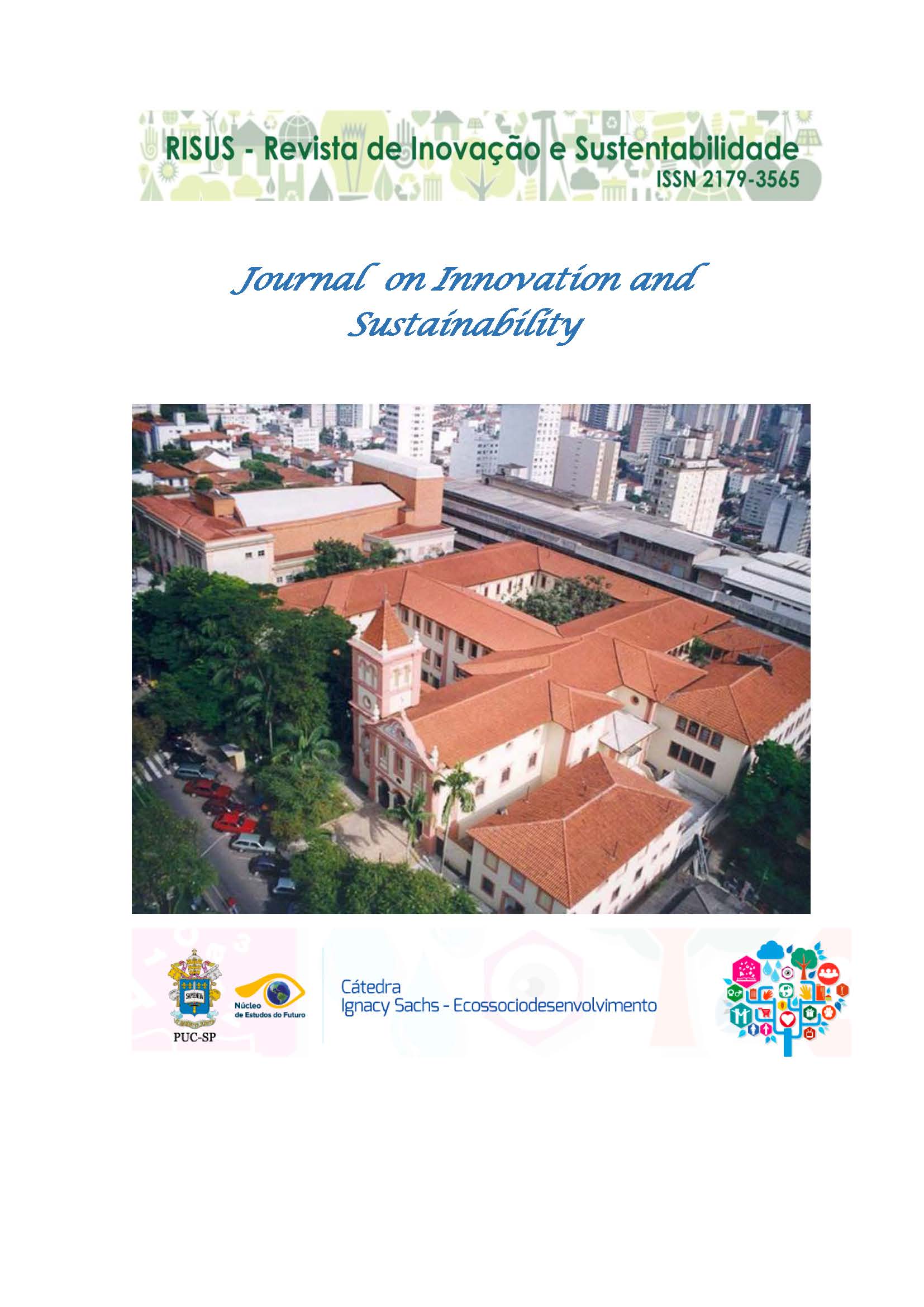The process of developing multilingual competences of higher education students in a Higher Education Institution
DOI:
https://doi.org/10.23925/2179-3565.2025v16i1p143-151Keywords:
Multilingual Education, Multidisciplinary University, Methodology, Educational Technology, EducationAbstract
The article examines and defines the specifics of multilingual education based on the analysis of theoretical and practical research works in this area. The content of the concept of "multilingual competence" is specified, the component composition of multilingual competence is identified and its configuration is determined taking into account the conditions of study at a multidisciplinary university and the specifics of professional and academic activities of graduates. The principles of developing multilingual competence of an asymmetric configuration in students of a multidisciplinary university are formulated and substantiated. A methodological model for developing multilingual competence of an asymmetric configuration in students of a multidisciplinary university has been created and scientifically substantiated, including target, methodological, content, technological, organizational and result components. A system of exercises for implementing multilingual education at a multidisciplinary university has been developed based on the presented methodology.
References
Beacco, J.-C., & Byram, M. (2007). From linguistic diversity to plurilingual education: Guide for the development of language education policies in Europe. Strasbourg: Council of Europe Publishing.
Byram, M. (1997). Teaching and assessing intercultural communicative competence. Multilingual Matters.
Bernaus, M., & Gardner, R. C. (2008). Teacher motivation strategies, student perceptions, student motivation, and English achievement. The Modern Language Journal, 92(3), 387–401. https://doi.org/10.1111/j.1540-4781.2008.00753.x
Cenoz, J. (2013). The influence of bilingualism on third language acquisition: Focus on multilingualism. Language Teaching, 46(1), 71–86. https://doi.org/10.1017/S0261444811000218
Coste, D., Cavalli, M., & Egli Cuenat, M. (2009). Plurilingual and intercultural education as a project. Strasbourg: Council of Europe Publishing.
Gorter, D. (Ed.). (2006). Linguistic landscape: A new approach to multilingualism. Multilingual Matters.
Lüdi, G., & Py, B. (2009). To be or not to be … a plurilingual speaker. Journal of Multilingual and Multicultural Development, 30(6), 491–506. https://doi.org/10.1080/01434630903147898
Noguerol, A. (2018). La educación plurilingüe: Desafíos y oportunidades. Barcelona: Ediciones Universitat.
Tremblay, C., & Gardner, R. C. (1995). Expanding the motivation construct in language learning. The Modern Language Journal, 79(4), 505–520. https://doi.org/10.2307/330004
Vez, J. M. (2001). Multilingual education in Europe: Policy developments. Language Teaching, 34(4), 205–218. https://doi.org/10.1017/S0261444800015534
Zarate, G. (1986). L’enseignement de la diversité linguistique. Paris: Didier Erudition.
Zuheros-Garrido, L., & Martin-Laguna, A. (2020). Bilingual education policies in Spain. International Journal of Multilingualism, 17(1), 58–75. https://doi.org/10.1080/14790718.2019.1602029
Mondt, K., & Hulstijn, J. (2005). Dynamics in second language development. Applied Linguistics, 26(3), 491–506. https://doi.org/10.1093/applin/ami016
Van De Craen, P. (2001). CLIL: A new approach in language education. Language and Education, 15(3), 264–282. https://doi.org/10.1080/09500780108666817

Downloads
Published
Issue
Section
License
This Journal is licensed under a Creative Commons Attribution-Non Commercial-No Derivers 4.0 International license.
1.The author (s) authorize the publication of the article in the journal;
2.The author (s) warrant that the contribution is original and unpublished and is not in the process of being evaluated in other journal (s);
3. The journal is not responsible for the opinions, ideas and concepts emitted in the texts, as they are the sole responsibility of its author (s);
4. The editors are entitled to make textual adjustments and to adapt the articles to the standards of publication.

